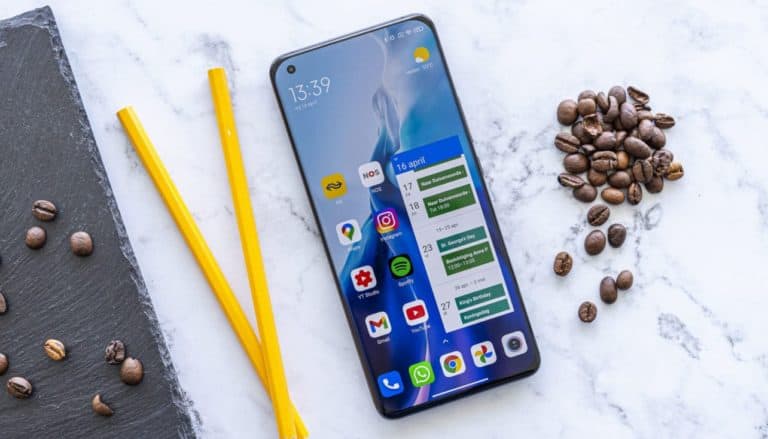Xiaomi is taking a step up in the smartphone market with the Mi 11. With a price of around 800 euros, the Mi 11 is Xiaomi’s most expensive smartphone to date. The specifications are impressive, and on paper, the Mi 11 is an excellent smartphone. However, in practice the results are a bit less convincing, as you can read in this review.
Xiaomi has been active in the European smartphone market for a while now, but until now, it has mainly focused on the consumer market with budget phones. These smartphones offer impressive specifications for their prices, but are hardly interesting for the business user. Xiaomi’s focus with the Mi 11 is still on the consumer market, but the device also has everything to be a good business choice, at least on paper. In this review, we find out if it succeeds.
Main specifications
| Body | Aluminium frame, glass back |
| Display | 6.8″ AMOLED, 1440×3200 pixels. 120Hz variable refresh rate |
| Network support | 5G |
| Processor | Qualcomm Snapdragon 888 (2.84GHz octa-core) |
| Memory | 8GB/12GB RAM, 128GB/256GB storage |
| Battery | 4600mAh, 55W fast charge, 50W wireless charging |
| Software | Android 11 with MIUI 12.5 |
| Camera | 108-megapixel main camera, 13-megapixel wide-angle camera, 5-megapixel macro camera. 20-megapixel front camera |
Beautiful design, strange angles
You don’t have to feel ashamed when carrying a smartphone that looks like the Xiaomi Mi 11. The smartphone has an aluminium frame and a frosted glass back. It looks stylish and luxurious, and the finish is good as well. The camera bump has a striking shape, which we can appreciate. The front of the Mi 11 also stands out – the display curves over the sides and also slightly over the top and bottom. This makes it look slightly different from your average modern smartphone. The corners of the screen are less of a hit, as they are a bit too rounded. This is not only a waste of space, but it also makes the selfie camera look a bit strange, as it is no longer located in the middle of the curve.
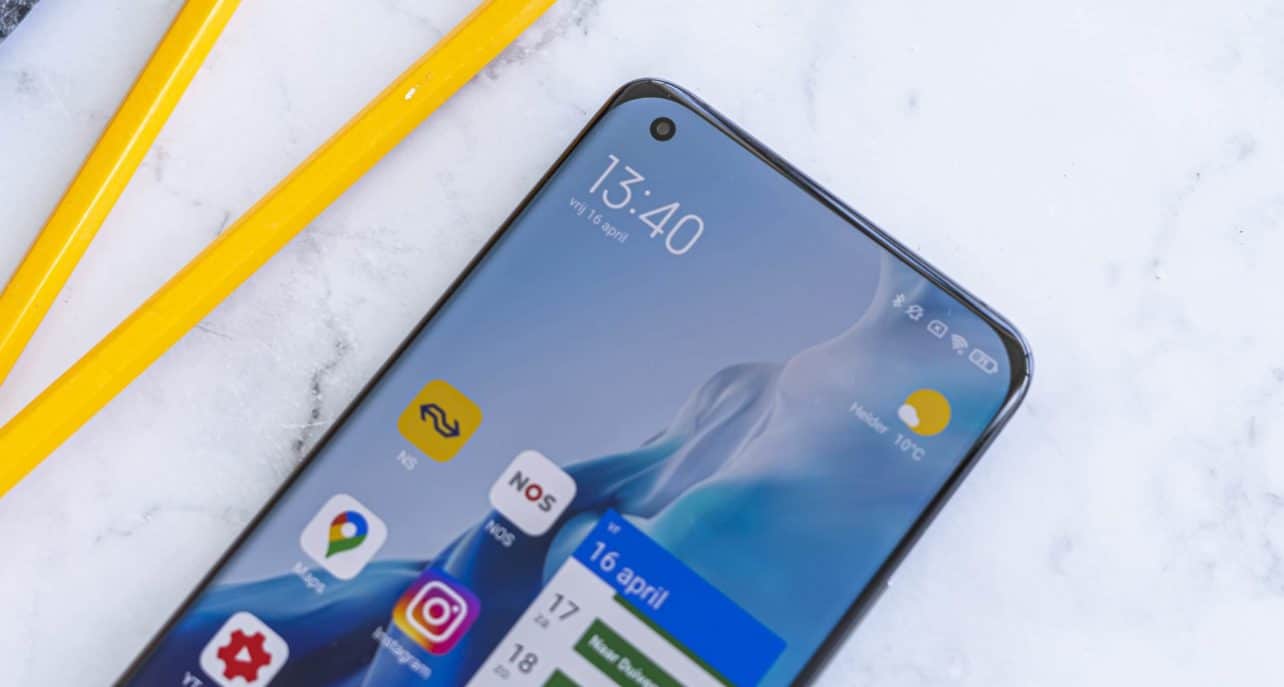
The Xiaomi Mi 11 has two speakers that have been tuned by Harman Kardon and sound particularly good for a smartphone. An audio jack is missing, and so is the possibility to insert a memory card into the smartphone. That’s disappointing, but common nowadays, unfortunately. Less common is that the Mi 11 is not officially water-resistant. However, tests can be found online that show it can at least withstand some water, and there is at least a seal applied at the SIM tray. However, for peace of mind, an official IP certification would have been nice.
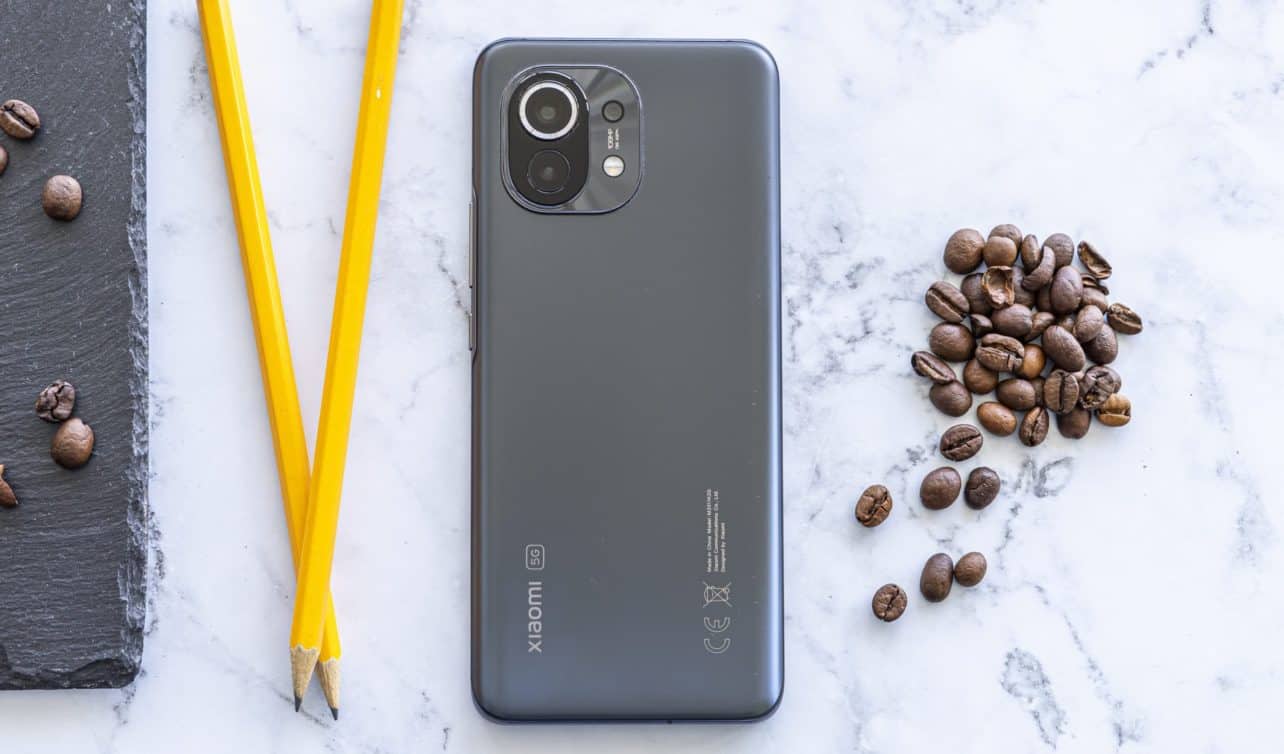
The smartphone can be unlocked via the fingerprint scanner built into the display or with facial recognition via the selfie camera. The latter method is not very secure, but it works very well. The fingerprint scanner is a lot safer, but unfortunately, it doesn’t work very smoothly or accurately.
Beautiful display…with the right settings
Hardware-wise, the display of the Xiaomi Mi 11 is among the best out there. The smartphone has a 6.8-inch QHD+ OLED display with a variable refresh rate of up to 120Hz. This means that the display is a bit larger and sharper than that of most smartphones in this class, and it works incredibly smoothly. The brightness is excellent, and so is the contrast.
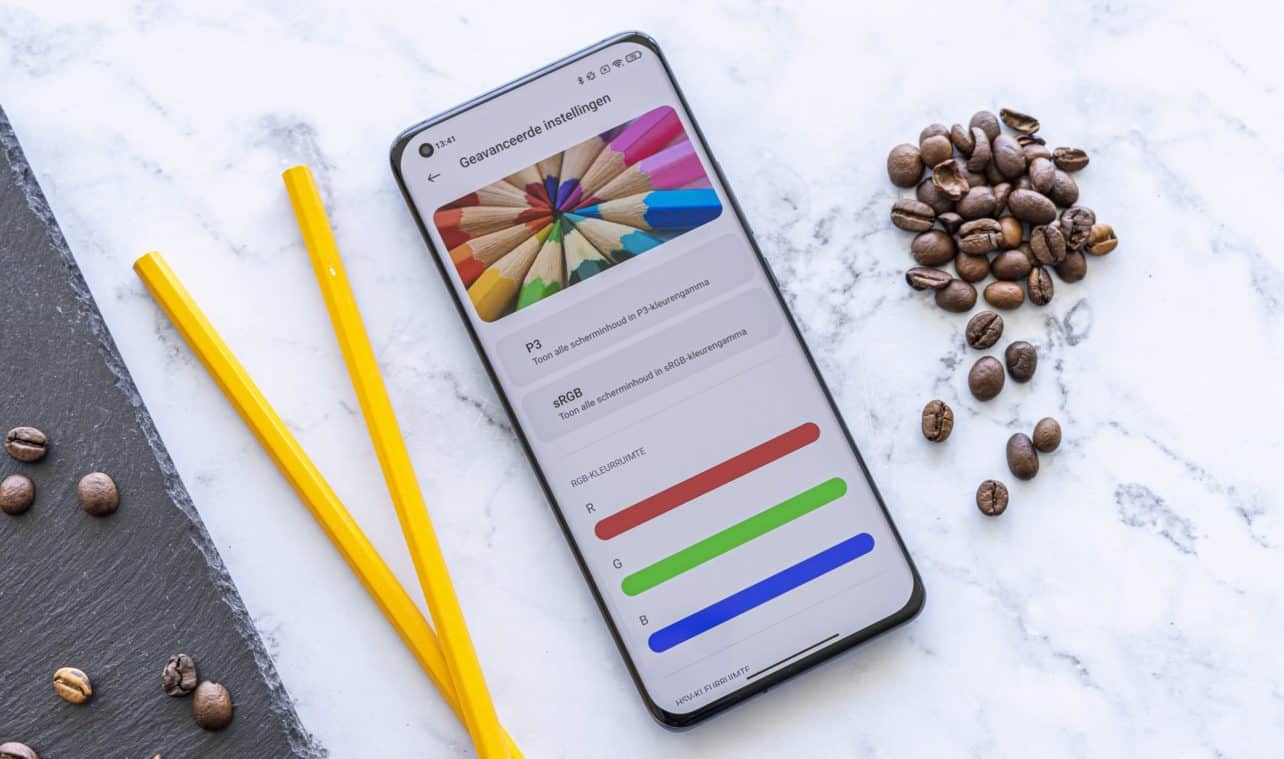
We do take some issue with the colour reproduction. Not because the display isn’t capable of displaying beautiful colours, but because the default setting is pretty bland. If you delve a little deeper into the settings, you’ll see numerous settings to tweak the colours to your liking. When you do, the Mi 11 can display beautiful colours. It’s a shame, though, that it’s not already like that out of the box.
Excellent performance
Like most high-end smartphones this year, the Xiaomi Mi 11 has a Qualcomm Snapdragon 888 chipset under the bonnet. This is an incredibly fast and modern octa-core processor, and it makes the Mi 11 perform excellently. Of course, the smartphone supports 5G, and the standard 8GB RAM is more than sufficient. There is also a 12GB version of the Mi 11, but that is not available everywhere.
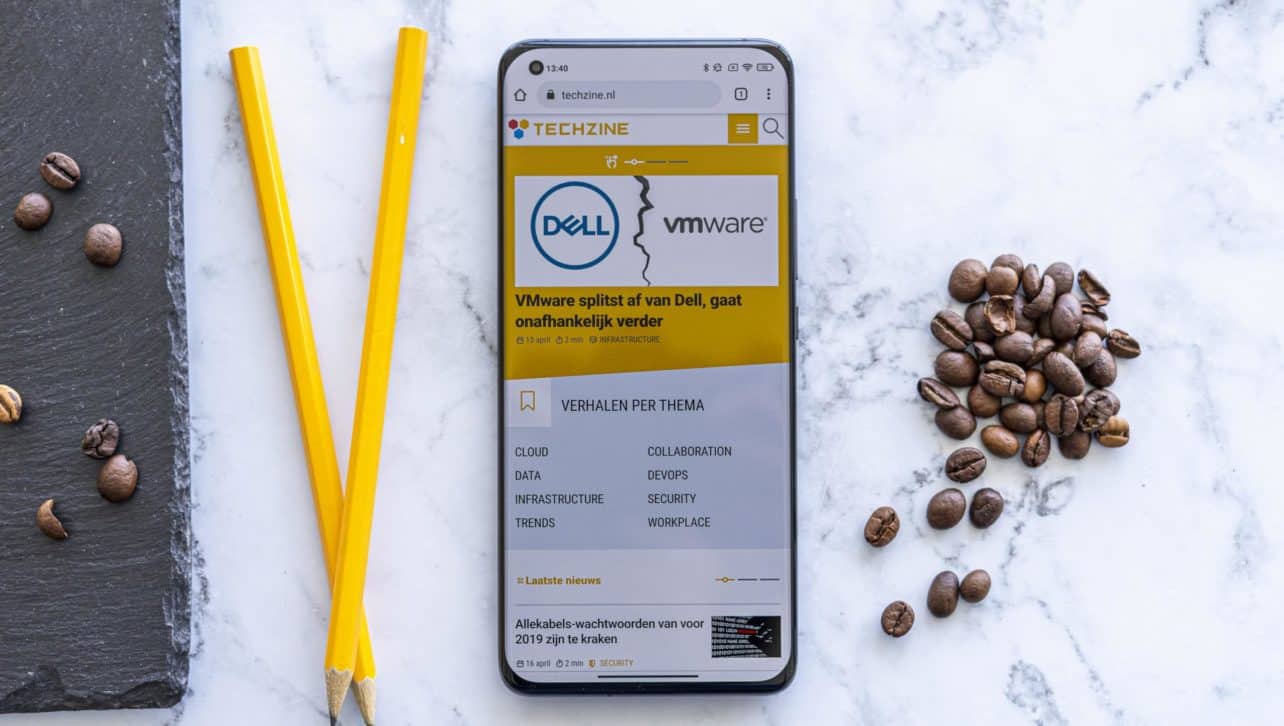
A 4600mAh battery ensures that the Mi 11 can easily get you through your working day. If it is mainly on your desk during an average day’s work at home, it may even last two. However, it’s worth noting that the device uses a lot of power when it’s on standby, so even if you use it sporadically, you won’t last much more than two days. With this, the Mi 11’s battery performance is slightly above average. The charging is far above average: wired, the Mi 11 charges with up to 55W and wirelessly, the charging power is an impressive 50W. This means that the battery is fully charged within an hour, both wired and wirelessly.
Disappointing software
The Xiaomi Mi 11 runs the MIUI 12 software, which is based on Android 11. This Android shell is the main giveaway that Xiaomi is not really ready yet to make an 800 euro smartphone. Xiaomi has made significant changes to Android, making it look crowded and noisy, and implemented some iOS-inspired features. We don’t like that, though your taste may differ.
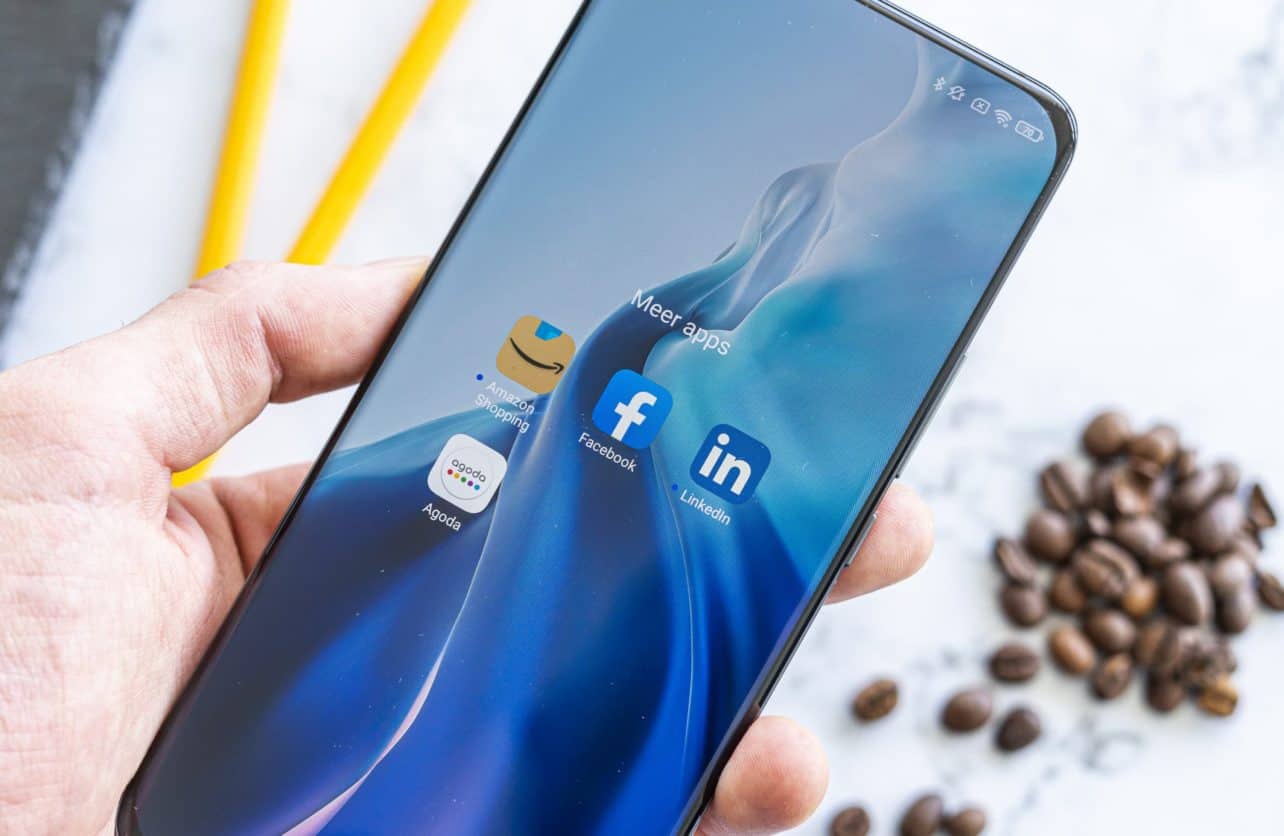
However, there are also areas where MIUI really drops the ball, and for this money, that’s just not acceptable. Some examples: WhatsApp notifications sometimes show the wrong name above a message, and Facebook notifications don’t quite fit into the space of the little balloon that Xiaomi has created for them. Of course, these are external applications, but Facebook is pre-installed on the Mi 11. So are Amazon, Agoda and LinkedIn, by the way; bloatware that you do not really expect on a serious high-end smartphone. We even heard stories about advertisements in the MIUI software, although we did not encounter them in the Mi 11. Fortunately, if you do, you can turn them off quite easily.
Although Xiaomi has always been rather vague about its update policy, the company did share some info on the Mi 11. The smartphone will get at least 2 Android upgrades and 4 updates to the MIUI software. It would make sense if the latter also meant that the Mi 11 would get four years of security updates, but Xiaomi is not revealing anything about that. Either way, the Mi 11’s update policy is pretty good.
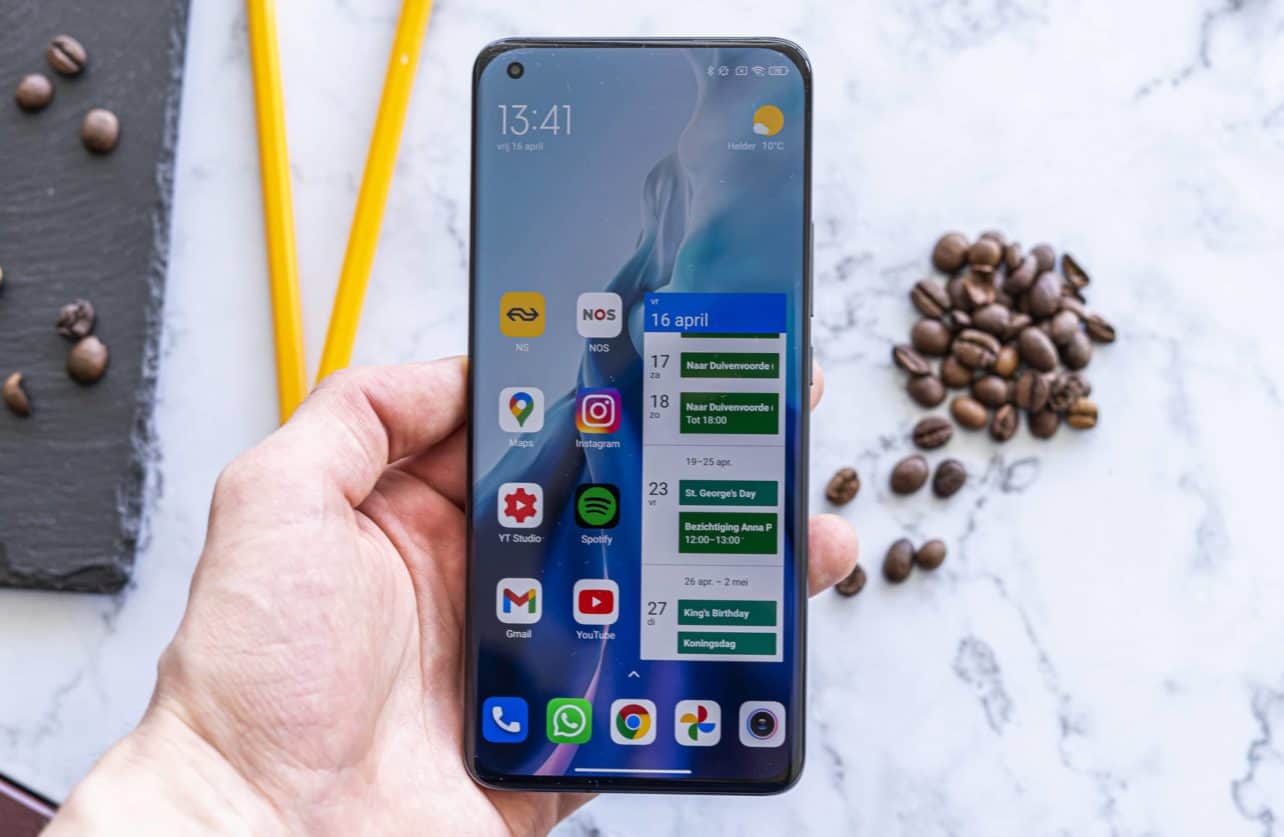
Unfortunately, Xiaomi does very little to appeal to the business market. The brand participates in the Android Enterprise Recommended programme, but the Mi 11 is not one of the certified devices, at least not for the time being. The brand also does not offer its own business services. Moreover, it would be nice for business users to know for sure how long the smartphone is expected to receive security updates.
Decent camera
The camera setup of the Xiaomi Mi 11 is good. The device has a 108-megapixel main camera, a 13-megapixel wide-angle camera and a 5-megapixel macro camera. Unfortunately, a zoom camera is not present, but the high resolution of the main sensor means that digital zoom works fairly well.
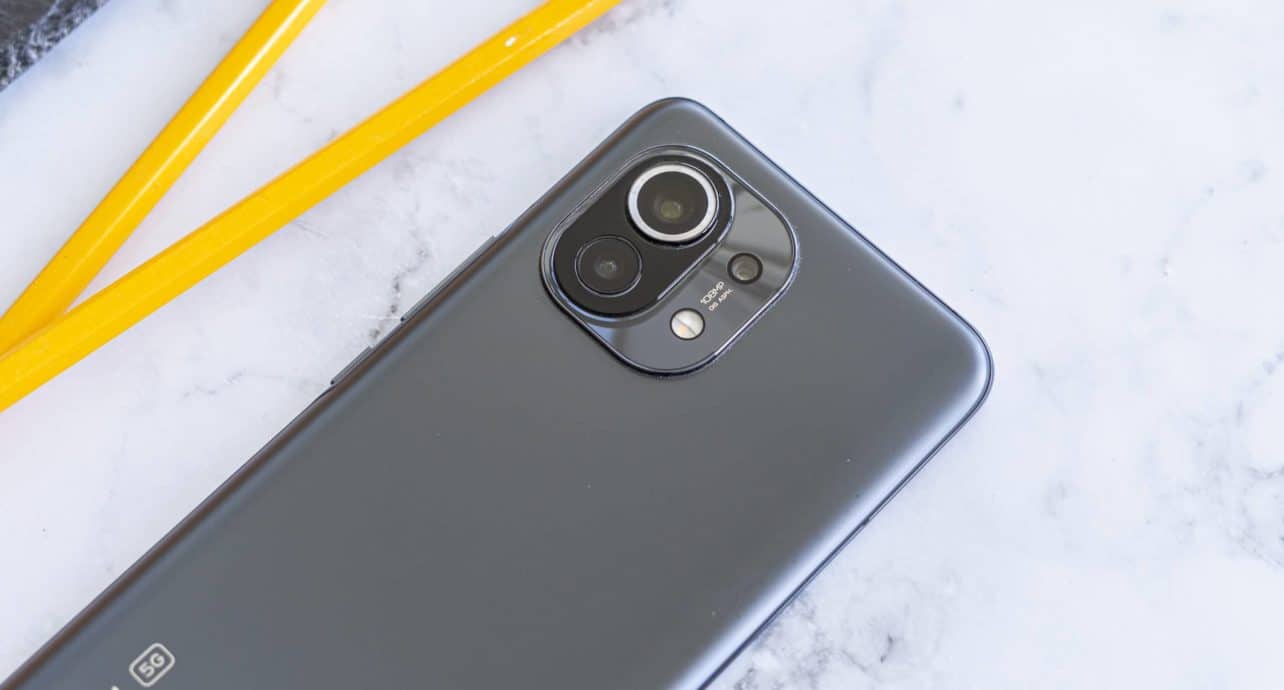
The main camera makes use of pixel binning, so it takes 27-megapixel pictures by default. That’s still an impressive resolution, meaning you can zoom in on the pictures pretty well. They have a lot of detail and don’t make as much use of sharpening, compared to pictures taken with many other smartphones. The colours of the pictures are nice but not entirely consistent. The white balance is sometimes a bit too cold, and the pictures could have done with a bit more contrast. The performance in the dark is good as well. All in all, the main camera of the Xiaomi Mi 11 scores just below the top of the market, exactly where you would expect it based on the price.
The 13-megapixel wide-angle camera has now been overtaken by quite a few competitors, but it still takes beautiful photos. Such a camera is a must nowadays in a somewhat more expensive smartphone, and the quality is adequate. The front camera has a resolution of 20 megapixels and takes good pictures. The Mi 11 takes videos in full HD resolution by default, but 4K and even 8K are also possible. For the best result, we would recommend 4K videos. This produces video clips with beautiful, detail-rich and stable images. If you switch to 8K, you will lose a lot of stability.
Conclusion
On paper, the Xiaomi Mi 11 is a promising smartphone from a manufacturer whose strength lies mainly in more affordable devices. Although the Mi 11 is a good smartphone, it is unfortunately clear in too many areas that Xiaomi has not quite outgrown the lower regions of the market. The rather mediocre fingerprint scanner, the somewhat disappointing display setup, the software bugs and the lack of IP rating are not major problems in and of themselves. But when we add them all up, we can only conclude that 800 euros for this smartphone is too much. Many excellent smartphones are available in this price range, including the Samsung Galaxy S21 and Apple iPhone 12. We also miss a clear strategy for the business market, a guarantee of security updates, and MDM options.
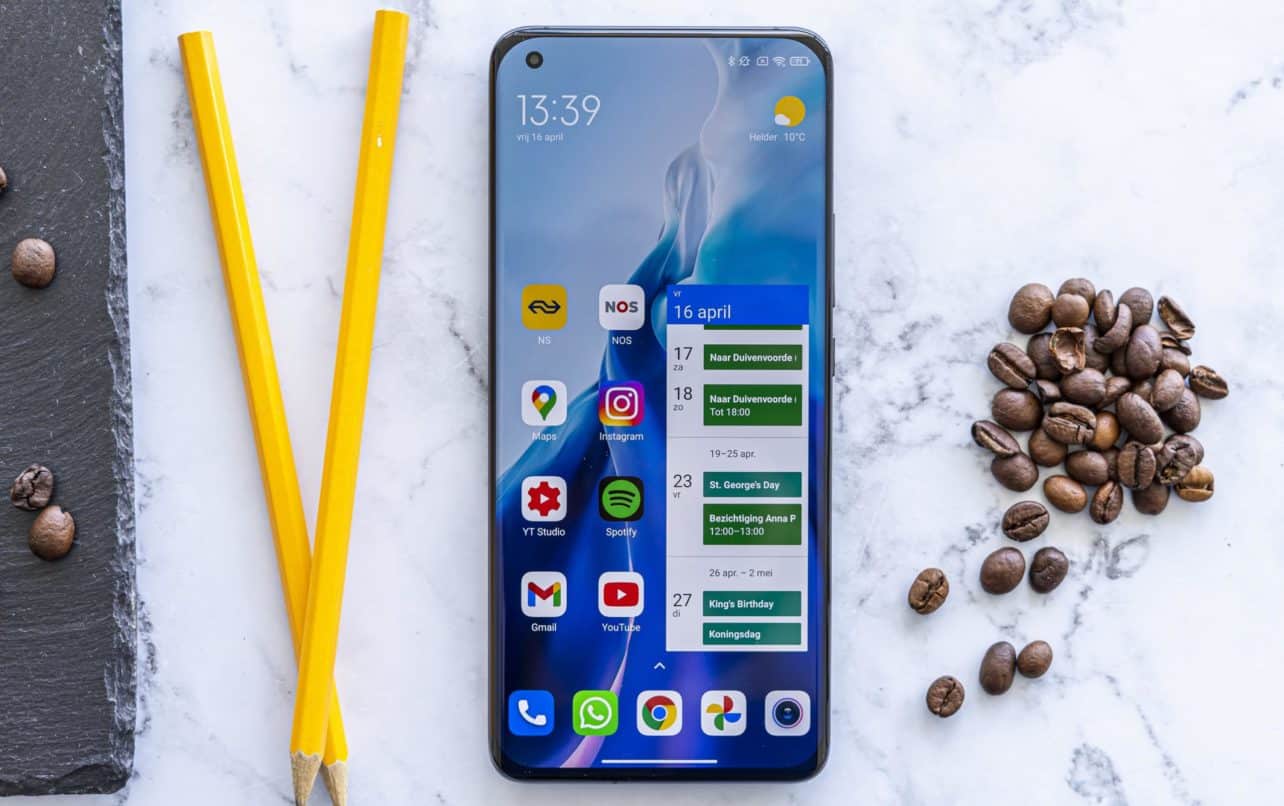
None of this means that the Xiaomi Mi 11 is not a good smartphone. If it had been priced at around 650 euros, the device has what it takes to be an excellent and affordable high-end phone. After all, the Mi 11 offers excellent performance, has a beautiful and luxurious design, supports super-fast wireless charging and has a decent camera. The display does require some effort to fine-tune, but once you have done that, it is one of the most beautiful displays on any smartphone. If the Mi 11 is also admitted to the Android Enterprise Recommended programme, it might even become quite interesting for business users.
- Beautiful design
- Gorgeous display after some effort
- Super-fast charging
- Excellent performance
- No IP rating
- MIUI is not ideal
- Many small drawbacks
